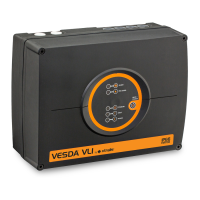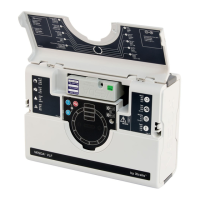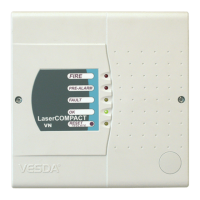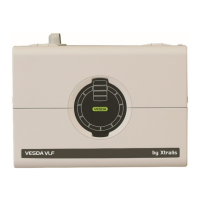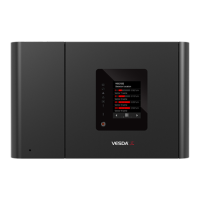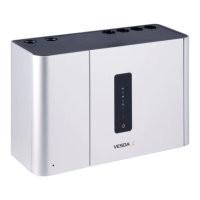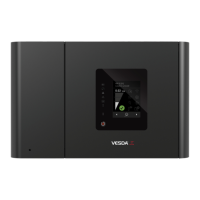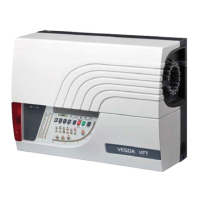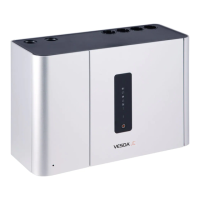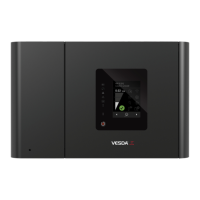VESDA by Xtralis VESDA Pipe Network Installation Guide
www.xtralis.com 15
4.5 Bending Pipes
Whenever possible, use the appropriate precast pipe bends. Where no precast bends are available pipes can
be bent within certain limits to change pipe direction or to go around small obstructions. When bending a pipe:
l Use Bending springs
l Use Pipe Benders
l Do not bend on sharp objects or heat the pipe
l Replace any pipe bends that have kinks
The ASPIRE modelling software is used to test if a proposed pipe network will meet customer and local
authority codes and standards. Bends that are not entered onto the design will cause there to be differences
between the expected pipe network performance, and the performance that will be tested during
commissioning. If the changes are too great the commissioning engineer will have to investigate and may
require that pipework to be replaced to meet the original specification.
4.6 Drilling Sampling Holes
Sampling holes are drilled into the pipes once the pipe network is installed.
l The ASPIRE Installation Data Pack (IDP) coordinates the positions of the sampling holes.
l Drill sampling holes at the positions marked in the IDP.
l The IDP will specify the diameter required for each sampling hole on the grid.
l It is important that correct diameter sampling hole is drilled as the hole size effects the performance
efficiency of the VESDA System. The size of sampling holes may be different for each hole in a pipe
network so check the size required for each hole in the IDP.
l Holes MUST be drilled at 90° to the pipe. If the drill is at an angle, the sampling hole will not be round
and may effect air flows.
l The hole must only be into the pipe and not through the other side of the pipe.
l The sampling hole should be drilled at slow drill speed with a sharp drill bit, to avoid dust, debris or burrs
enter the sampling pipe.
4.7 Labelling
Adhesive labels to identify the sampling pipe and the sampling holes and Sampling Points are available from
Xtralis. These should be used to identify:
l The Pipes as Smoke Detector sampling pipes
l Sampling Holes
l Sampling Points
l Test Points
For further information on the different label types, refer to Section 3.11 on page 11.
4.8 Using Capillaries and Drop Pipes
Typically a capillary is a flexible tubing having a maximum length of 8 m (26.25 ft.). To maintain an acceptable
level of air flow we recommend the use of 21 mm (0.83 inch)ID pipe for drop pipes. The minimum capillary ID
is 4 mm (0.2 inch). A variation of the capillary tube is the 12.5 mm (half inch) ID rigid drop pipe. Drop pipes of
up to 4 m (13 ft.) are acceptable, but should be verified against ASPIRE calculations.
Where multiple capillary tubes are used, the length for each capillary should be approximately the same. A
sampling hole (suggested 2 mm (0.079 in.) diameter) is required at the end of each capillary tube or drop pipe.
All capillary tubes which are close to the limits suggested above should be checked by ASPIRE before
installation.
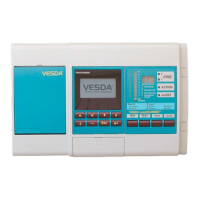
